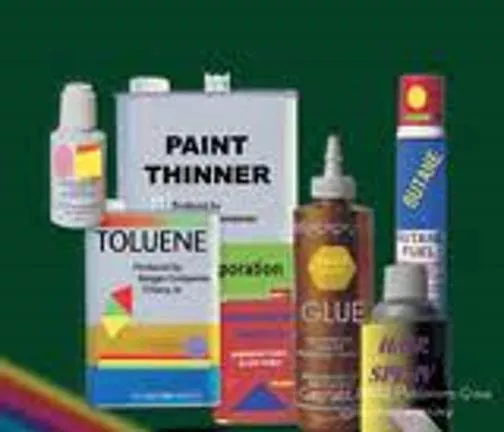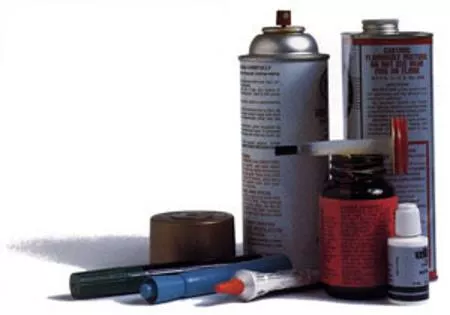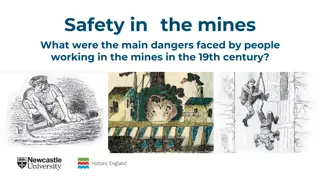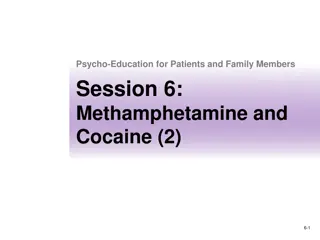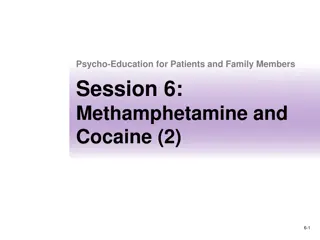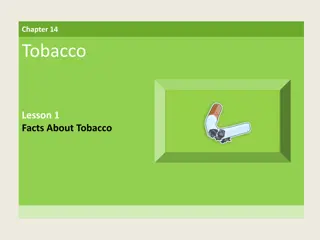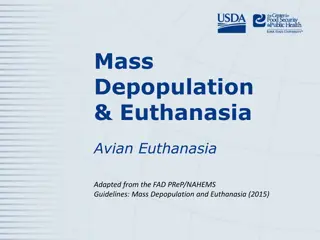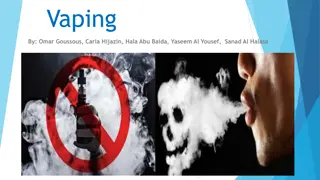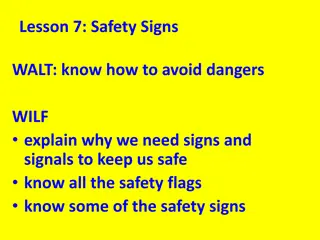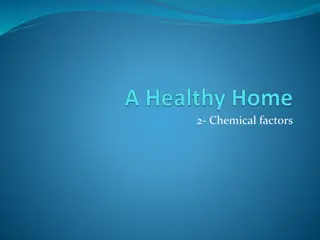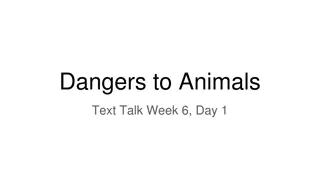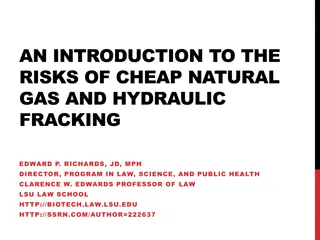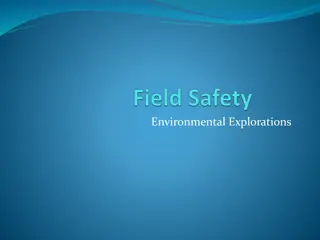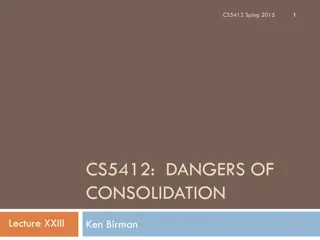The Dangers of Using Inhalants: Facts and Risks
Inhalants are substances that are often misused by youths for a quick high, but they can have severe consequences including brain damage and even death. Despite being easily accessible and cheap, inhalants are more harmful than many street drugs. Users may experience immediate effects like dizziness and confusion, but long-term use can result in serious health issues. Studies show an alarming increase in inhalant use among teenagers, highlighting the need for awareness and prevention efforts.
Download Presentation

Please find below an Image/Link to download the presentation.
The content on the website is provided AS IS for your information and personal use only. It may not be sold, licensed, or shared on other websites without obtaining consent from the author.If you encounter any issues during the download, it is possible that the publisher has removed the file from their server.
You are allowed to download the files provided on this website for personal or commercial use, subject to the condition that they are used lawfully. All files are the property of their respective owners.
The content on the website is provided AS IS for your information and personal use only. It may not be sold, licensed, or shared on other websites without obtaining consent from the author.
E N D
Presentation Transcript
http://www.youtube.com/watch?v=vSWt8UM RsdY&feature=related
Inhalants Are substances that are sniffed or huffed to give the user an immediate rush, or high. Glues Paint thinners Dry cleaning Gasoline Felt-tip marker fluid Hair sprays Spray-paint
Inhalants might seem like an alternative to other mood-altering drugs because they are cheap, can be purchased legally, and are easy to obtain. But that doesn't make them safer. Household products are safe for cleaning, painting, and the other things they're meant to do. But as inhalants, they can be deadlier than street drugs. Are they more popular among youths or adults? YOUTHS!
A 2006 study shows how often teenagers aged 12-17 use inhalants.
Inhalants produce a quick feeling of being drunk followed by sleepiness, staggering, dizziness, and confusion. Long-time users get headaches, nosebleeds, and sometimes lose their sense of smell. Inhalants decrease oxygen to the brain and can cause brain damage. Although inhalants can be found around the house, they're so bad for you that using them, even one time, can kill you. *Hypoxia - Displacing the air in the lungs with inhalant sprays, depriving the body of oxygen.
Use of inhalants has continually increased for the past six years among 10th graders. According to the most recent Monitoring the Future Study, relatively low proportions of 8th and 10th graders think that there is a "great risk" in using inhalants. The National Survey on Drug Use and Health indicates a correlation between early inhalant use and delinquent behaviors, substance abuse and other problems later in life.
Volatile Solvents Gases Aerosol Sprays Nitrites
Volatile solvents -are liquids that become a gas at room temperature.
Paint thinners and removers Gasoline Glues Felt-tip marker fluid Art and office supplies Degreasers Dry cleaning fluids
Gases Include medical gases and household or commercial products.
Ether Nitrous Oxide Butane lighters Propane tanks Whipped cream dispensers
Aerosol Sprays Aerosol spray is a type of dispensing system which creates an aerosol mist of liquid particles. This is used with a can or bottle that contains a liquid under pressure. They are some of the most prevalent inhalants in the home.
Spray paint Deodorant Hair Spray Static cling sprays Vegetable oil cooking sprays
Nitrites Are called either poppers or snappers on the street. *They are used medically to relieve attacks of angina chest pain caused by insufficient blood flow in the vessels serving the heart. They also tend to depress the activity of the central nervous system, producing the giddiness and euphoria of a high. Used as sexual enhancers. Butyl Nitrates (Poppers) are illegal. Poppers Small bottles filled with liquid chemicals called alkyl nitrites.
Found in some room deodorizers and capsules that release vapors when opened. Cyclohexyl nitrite Amyl Nitrite Used for heart pain Poppers - thumbnail
Absorbed by the brain and then nervous system. *All inhalants (except nitrites) slows down the body. (Similar to alcohol) People can become easily addicted to the chemicals that are in inhalants. Because of this people can easily become long-term users.
Phases: First someone will get excited After the excitement wear s off the user will get tired. Once the user gets tired they have difficulty speaking and walking. The user then gets dizzy, loses inhibitions, and then becomes agitated. The user is put on a roller coaster ride.
Short-term effects: Increased heart rate Hallucinations or delusions Losing feeling or consciousness Nausea and vomiting Loss of coordination Slurred speech Rapid or irregular heart rhythm within minutes.
Long-term effects: Brain damage (toxic chemicals may make people become slow or clumsy, have trouble solving problems or planning ahead, suffer from memory loss, or become unable to learn new things) Muscle weakness Depression Headaches and nosebleeds Loss of sense of smell or hearing
Nitrites: They work much differently than the others. Instead of slowing down the brain and the spinal cord, they increase the size of blood vessels and relax the muscles. This could lead to blood clots (thrombus), blocked blood vessels, and even arteriosclerosis.
Inhalants are highly toxic. The effects of inhalant use can be permanent, and ever lasting. What parts of the body are effected? Brain Spinal Cord Lungs Liver Kidneys Heart
Like most street drugs, inhalants can be deadly. Someone can die from abusing inhalants after trying it only once. Causes of death include:
"Sudden Sniffing Death" common cause of death from inhalant use. The heart beats quickly and irregularly, and then suddenly stops (cardiac arrest). Usually occurs from butane, propane, aerosols. Asphyxia lungs so that a person stops breathing. Choking Suffocation plastic bag placed over the head, the bag can block air "Sudden Sniffing Death" This is the most Asphyxia Toxic fumes replace oxygen in the Choking A user can choke on his or her vomit. Suffocation When vapors are inhaled from a
Injuries make poor decisions, they might try to drive under the influence or do something irrational, such as jump off a roof. They could also get burned or start explosions if a spark ignites flammable inhalants. Suicide their high wears off. Chemicals can displace oxygen in the lungs thus making a person basically suffocate to death. Will also displace oxygen in the central nervous system, which can lead to brain damage and failure. Injuries Since people high on inhalants often Suicide Some people become depressed when
Inhalants, like other drugs, have noticeable effects on those using them. Someone on inhalants may suffer from a number of different ill effects, including: Mood swings Extreme anger and agitation Exhaustion Loss of appetite Frequent vomiting Hallucinations and illusions
Facial rashes and blisters Frequent nose running and coughing Dilated pupils Extremely bad breath Keep in mind some of these are signs of other Health concerns, and may not be necessarily be inhalant abuse.
THE END THE END
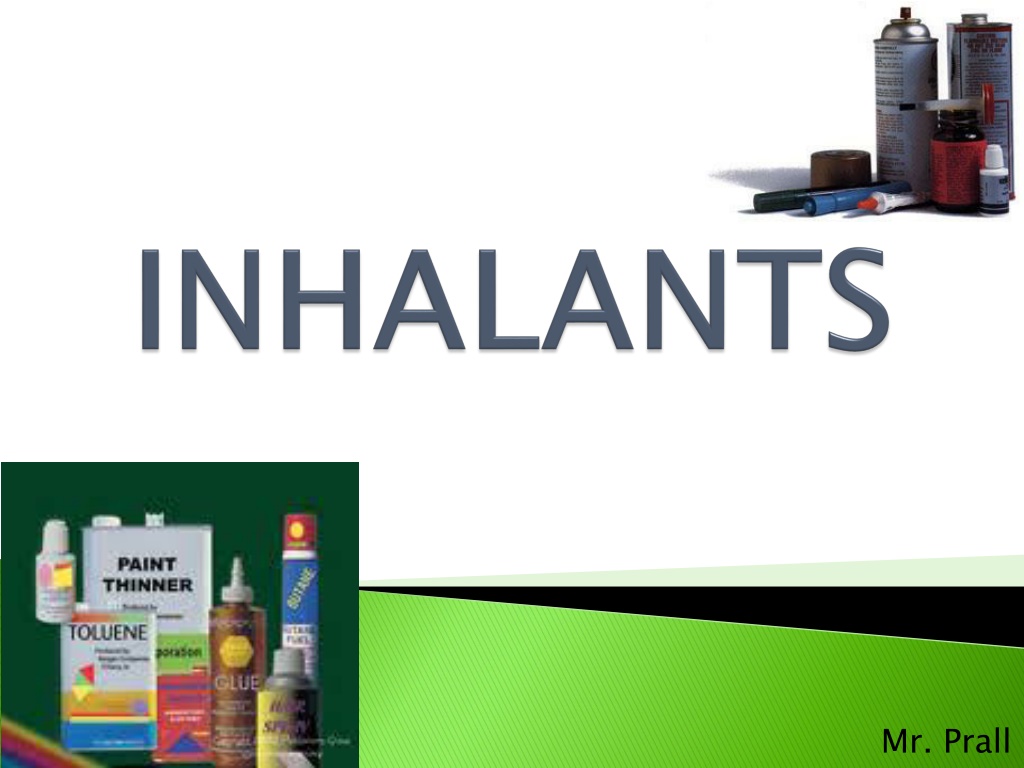
 undefined
undefined

